Recently, I took my first solo trip in Poland. I had a four-day weekend, during which Polish people traditionally celebrate their ancestors by visiting their graves on All Saints’ Day (November 1). Since all my immediate relatives are buried in America, I took the opportunity to explore one of the northernmost cities in Poland, Gdańsk. It’s a port town on the Baltic Coast. That’s all I knew when I arrived. But allow me to clue you in to a few not-so-common things to do, so you can get right to the heart of this gorgeous, underappreciated city.
1. Wander Old Town in the morning.
Wandering Gdańsk’s Old Town is a given, but if you like to take photos, as I do, I found it was best in the early morning. The morning photo shoot has become a staple on my trips, and as a bonus, you beat the crowds later in the day. The buildings are mostly in the Dutch style. Although some damage was done during World War II, most of the buildings survived, unlike bigger cities such as Warsaw.
There’s a lot to check out here. It was good that I had a great hostel in the heart of the city, Five Point, which felt more like a hotel, honestly. I started by walking down the famous Long Street, stopping to check out Neptune’s Fountain, built in the 1630s. Behind this is Dwor Artusa, Arthur’s Court in English, which was the meeting place of the city’s merchants once upon a time. Although the rooms inside are really interesting, with giant carvings of ships suspended from the ceiling, I didn’t feel the price was worth it. I would try the Old Town Hall, which is just as lavishly furnished, had less people, and is free to enter.
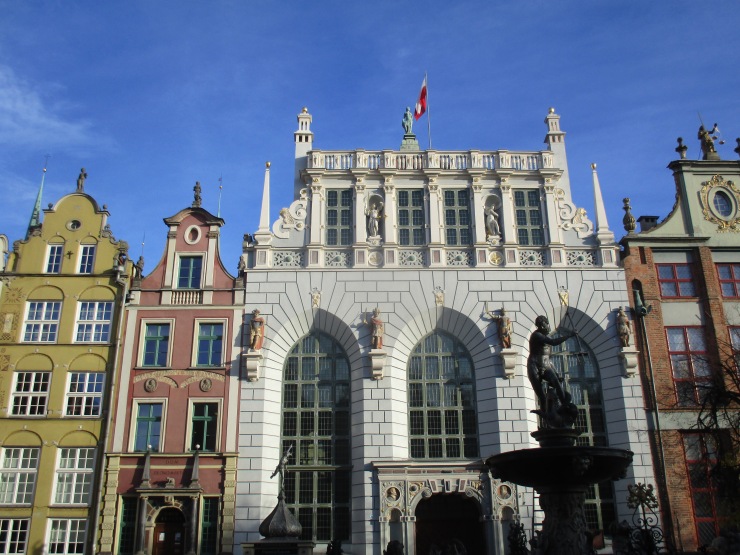
The food prices tend to be a little on the expensive side on this street; but it can sometimes be worth it, like at the elegant Chleb i Wino, which my Polish students recommended to me before I went. If you’re looking for an inexpensive alternative, I had a delicious Gdańsk fish stew at the cute Tekstylia, a fashion-themed restaurant.
2. Go into Bazylika Mariacka and climb the tower.
The biggest church in the city, the Bazylika is easily visible from everywhere in Old Town. Constructed in the 1300s, there is room for 25,000 people inside. It’s also free to enter, but there weren’t many people there when I went.
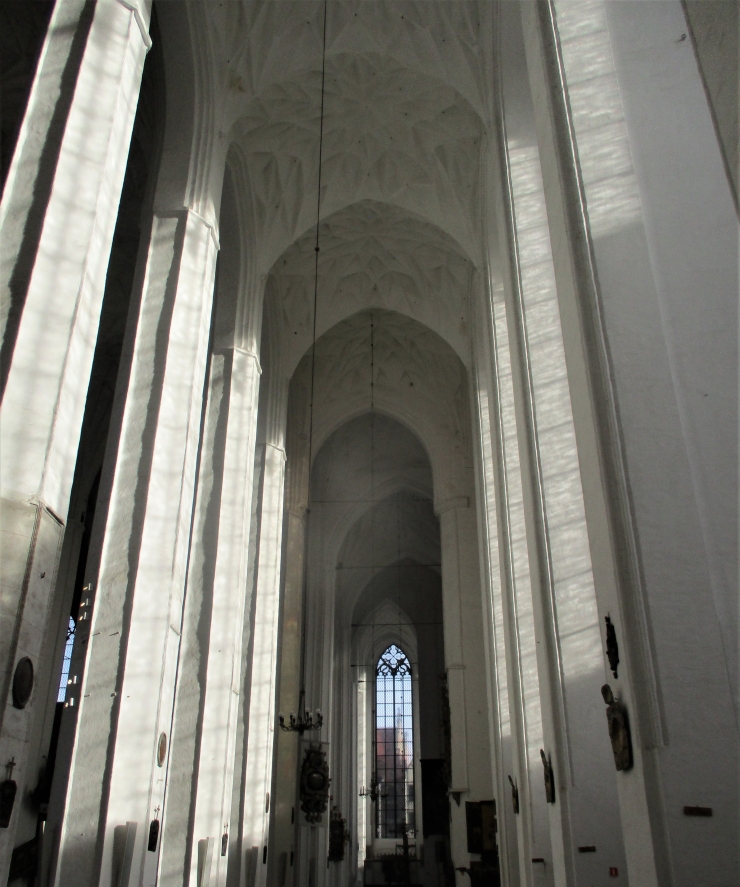
The church is filled with an eclectic mixture of religious sculptures, paintings, and even a small astronomical clock. The altar is pretty sparse for a Catholic church, but Gdańsk was known as Danzig until 1945, when it reverted from German territory back into Polish hands, and so the Bazylika was also used as a Lutheran church.

The halls are impossibly high, and it’s no wonder, with the famous tower standing at 80 meters. Speaking of which, it’s definitely worth it to pay the 10 PLN to climb to the top and take in the view of the city. Your legs won’t thank you, but your eyes will.
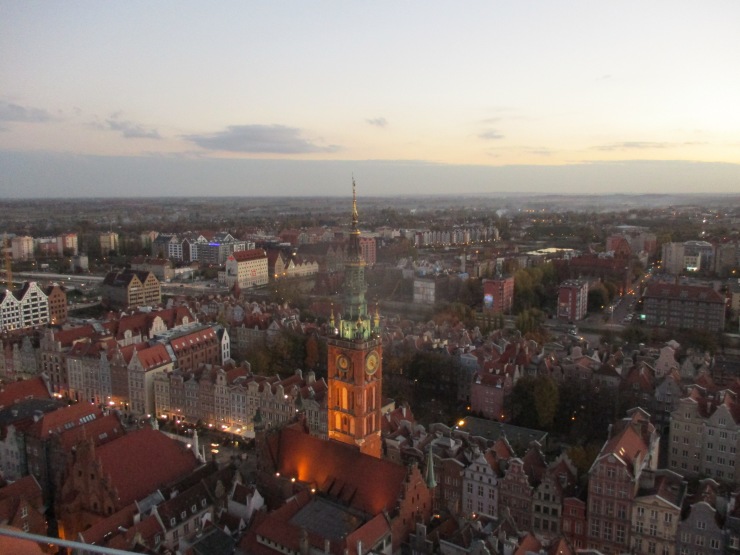
After I was done at the church, I headed down the famous Mariacka Street, where the amber sellers have set up shop. Amber has been an export in this region for hundreds, if not thousands of years, and while amber jewelry isn’t cheap, it’s beautiful, and worth at least taking a look.
3. Visit the European Solidarity Centre to learn some fascinating Polish history.
I inherited my love of history from my mother. She’s always reading some book on the Romanovs or the Khmer Rouge and discussing it with me. But what I didn’t fully realize until I went to Gdańsk was that she witnessed history in a huge way after the fall of the Soviet Union.
I’d heard of Solidarity (Solidarność in Polish), the USSR’s first independent trade union, of course, but I didn’t know much about it. I didn’t even know that it started in the Gdańsk shipyards until I began planning my trip.
The lesser-known museum, which is dedicated to the men and women who fought communist rule by forming a labor union, is fantastic. The building itself looks nondescript, a rust-colored monolith in the center of downtown Gdańsk, but if you come closer, you’ll see it has rivets in the side and is held together in sheets, just like the hull of a ship.

The three giant crosses in front of the building are the Memorial to Fallen Shipyard Workers of 1970. In this year, the government brutally suppressed an uprising which left 42 dead and thousands wounded.
Once inside the museum, the first room has been made to look like a typical locker room in the shipyard, with thousands of hard hats covering the ceiling and time cards positioned on the wall.
Further inside, there’s an installation showing images of communism disseminated by the regime – smiling parade-goers, new cars rolling off the line. When these are flipped over, they show the reality – riot police beating demonstrators into submission, tanks occupying the streets.
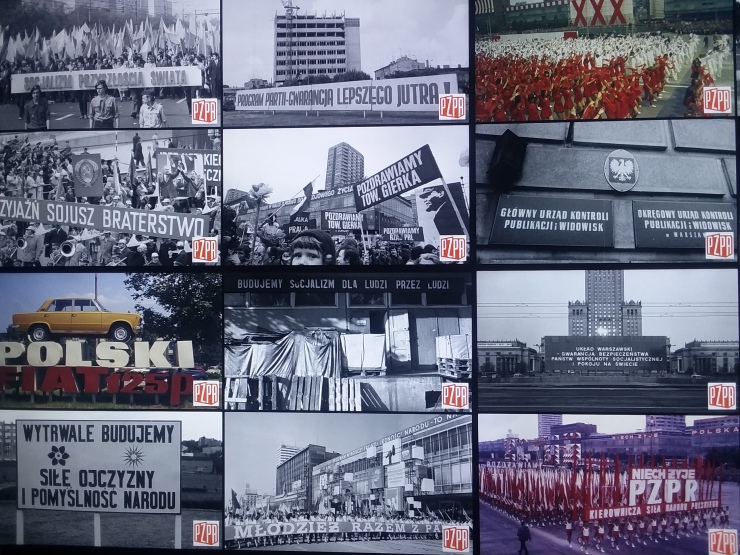
The story of Solidarity is told in detail. Lech Wałęsa, the co-founder and spokesman of the movement, was followed relentlessly by the security police, and interrogated several times, but eventually succeeded with his colleagues in getting the Polish government to acquiesce to the Gdańsk Agreement, which allowed Solidarity to operate as an independent trade union protecting the rights of its members.
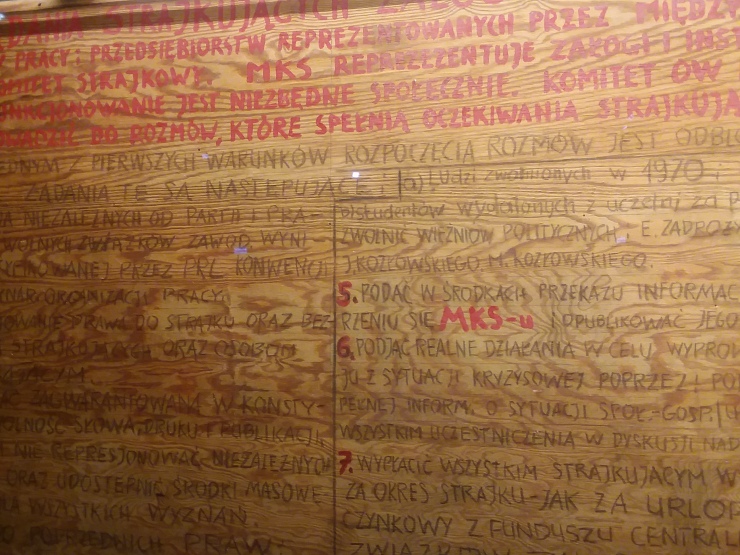
However, this didn’t last, and Poland was eventually put under martial law for two years, during which time Solidarity was outlawed (though most of Poland secretly belonged to it) and its leaders imprisoned.
This story, though, unlike so many others in Polish history, has a happy ending. After the communist system in Poland collapsed, Wałęsa was released from prison and went on to become the first president of a free Poland.
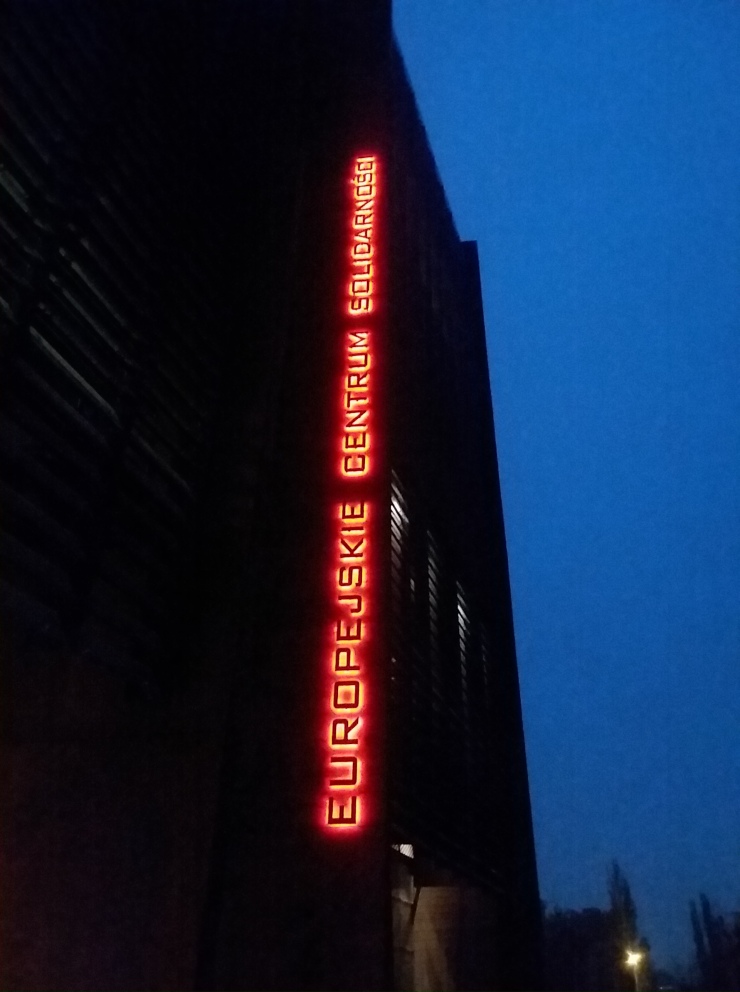
4. Take a day trip.
One thing I usually enjoy doing when I visit a particular city is to see what’s going on in the area surrounding it. If I didn’t do this, I wouldn’t have gotten to see a church made of bones just outside of Prague, or Canterbury Cathedral when I went to London.
Gdańsk, too, has its nearby hotspots. One of them is the beach: though it’s a port town, you have to travel a bit to get to the actual Baltic Coast. Though there are beaches closer to Gdańsk, most people opt for either nearby Sopot or Gdynia. I chose Sopot because it’s the nearer of the two and because, from Gdańsk’s main train station, it only takes about 30 minutes and three PLN each way.
Once I got off the train, I walked down a gently sloping street until I got to the pier. The sea was calm and cold that day. The most interesting thing was that I could see the red and yellow leaves of the trees on the far side of the shore, which I don’t normally associate with the ocean.
I walked along picking up seashells and listening to the quiet, just taking a few hours to relax and recharge. While walking, I started to feel homesick and video-called my mom to show her what I was seeing. I enjoy travel so much, but with depression, I sometimes have these moments. It’s important for me to recognize that it’s okay to feel that. It’s okay to love your family, but also enjoy travel.
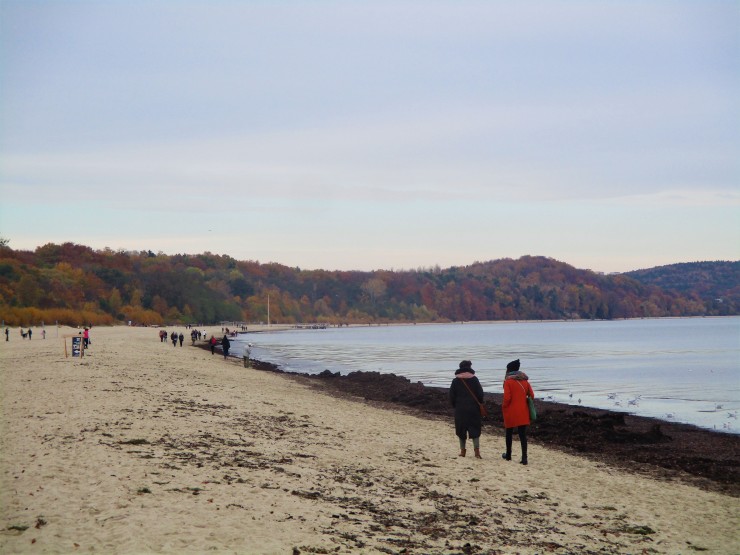
Everything’s pretty high-priced in Sopot, so I packed a lunch to eat while there. However, if you want to splurge, you can try gofry (waffles) and ice cream at any of the cafes that line the way down to the water. Delicious.
The other trip I took while in Gdańsk was to Malbork. This little place has absolutely no other attraction besides the castle, which is far bigger than any building in the town itself. When getting off at the train station, head in a straight line until you come to the town center. At the end of the street, you’ll be able to see the towering brick structure in the distance.
I went into the visitor’s center to buy a ticket, and was surprised it came with an audio guide. But you definitely need it without a guided tour – you’d get lost otherwise. The castle, which was built in the 1200s, is Teutonic in origin, which I guess kind of makes it German. It’s the largest castle in the world measured by area.
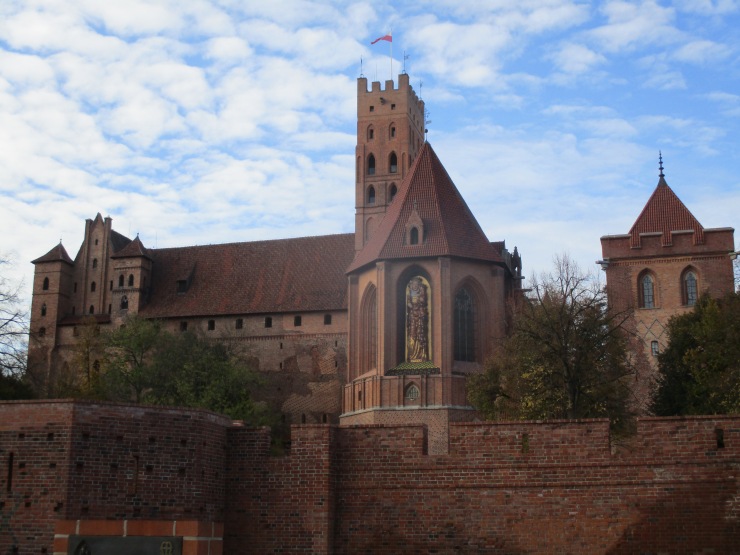
The sad thing about Malbork is that most of it was ruined during bombing raids in the Second World War. But if you look closely at the photo above, all restoration work has been carefully done to use as much of the original material as they could. Architects consulted blueprints from when the castle was first built.
You first walk through the drawbridge and into the Lower Castle, which includes rooms where travelers would stay (the Teutonic Knights were known for their hospitality) and the administrative offices, as well as some state rooms.
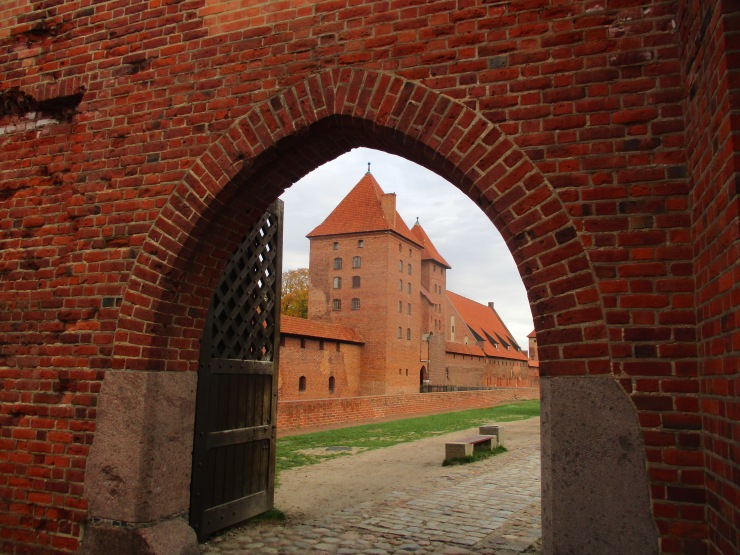
The actual order stayed in the Upper Castle, where there was a dormitory for sleeping, a large chapel, and several refectories, or eating areas. Of these, my favorite room was the summer refectory, because of the delicate stained glass windows that surround the entire area. The winter refectory was darker, to conserve heat, and had little vents built into the floor where heat would rise up from the kitchen.
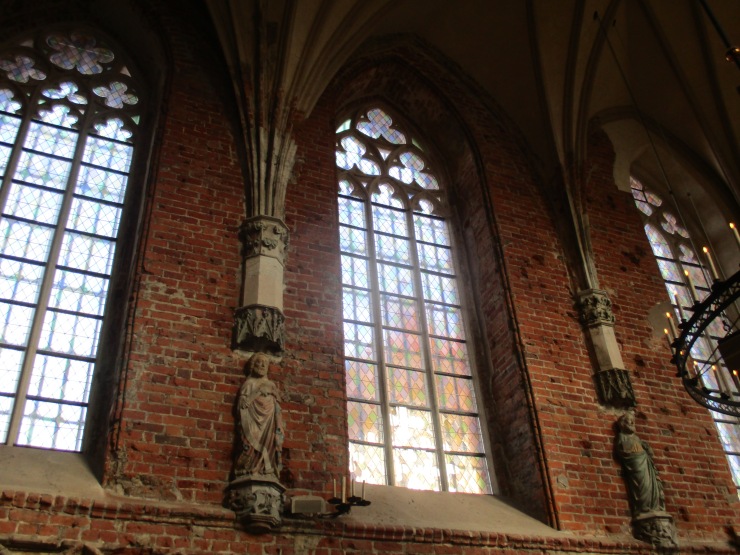
Plan plenty of time for visiting: I got there at nine a.m., when the castle first opens, and didn’t leave until one p.m.
5. Do some urban exploring.
As I’ve mentioned before, the best way to get to know a city is to walk around it. In Gdańsk, I did this mainly by getting lost. But I love finding abandoned buildings and empty spaces, so it doesn’t bother me. I somehow always manage to find my way home again.
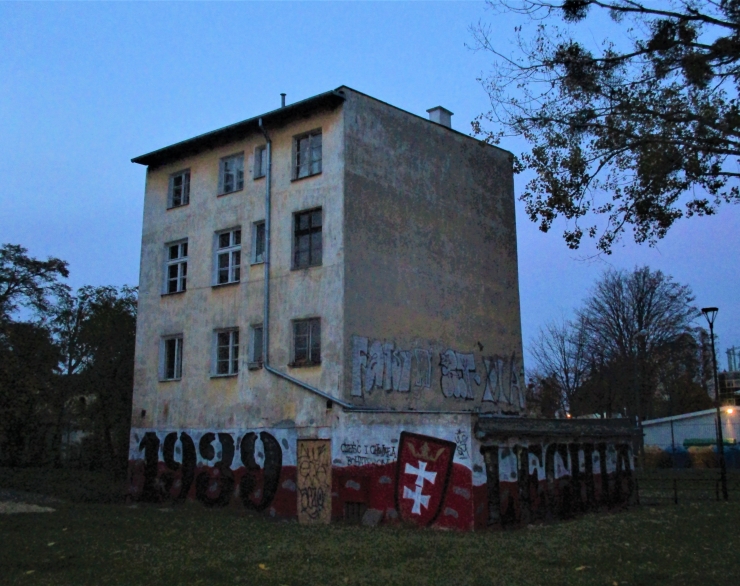
The best way to end (or begin) a day in Gdańsk is by taking a stroll along the wharf and watching the boats come in or go out with fish for the restaurants or cargo. I also have a thing for abandoned or under-construction buildings, and there were plenty of those to look at in such a large city. The more I get to know Poland, the more I wonder why it isn’t a very popular tourist destination. There’s so much history here, and natural beauty, and the best parts are either unusual or unexpected.
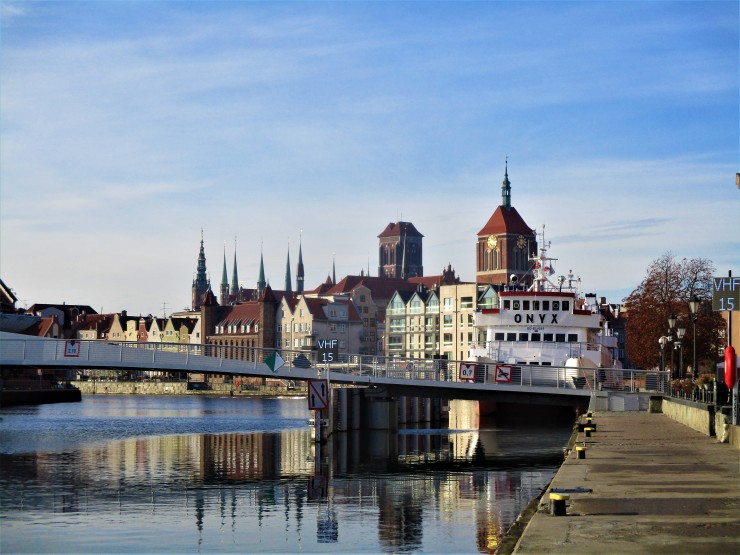
Like this post? Pin it for later.

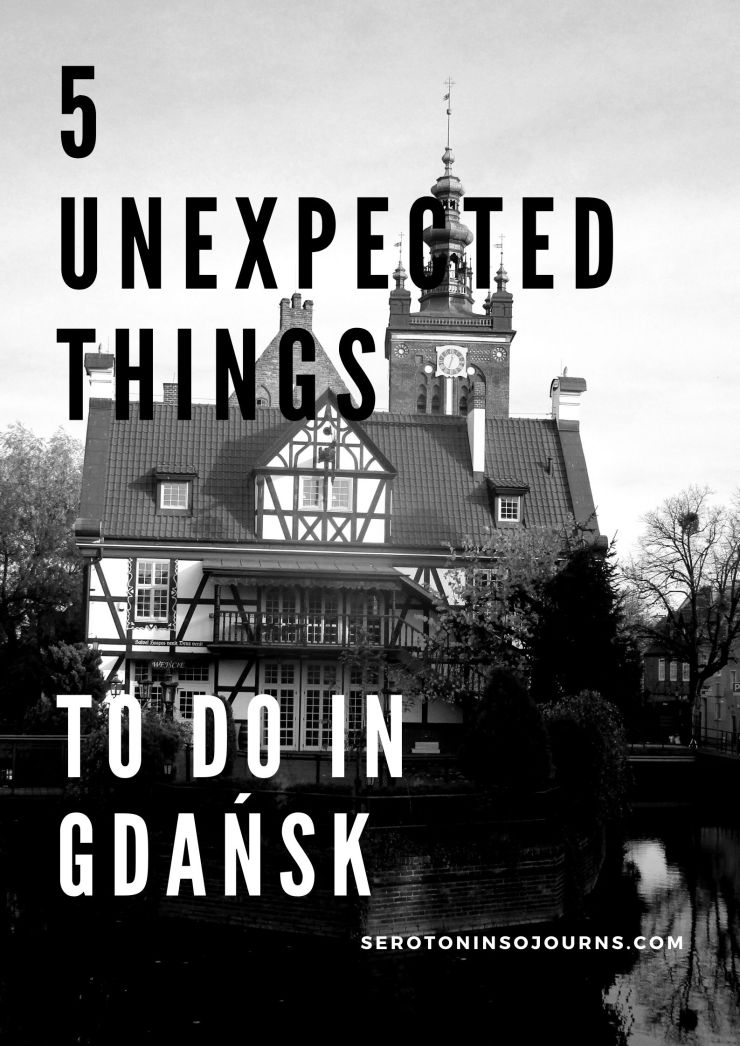
I’ve been to Gdansk a couple of times – it’s such a lovely city. I went in 2012 en route to going to a major musical festival that takes place near Gdynia at the beginning of July every year. I very much enjoyed reading your article as it brought back memories! If I go back again, which I surely will, I would love to do some urban exploring as you suggest. I didn’t venture much further than the Old Town on either of my visits.
LikeLike
Love this read. Poland is on my list in 2019 for travelling. This would be a good guide for my planning.
LikeLike
Thanks for this post! I’m just starting to research Poland. It’s where my dad’s side of the family is from. My great grandparents brought my grandparents to the US when they were children and my great grandfather lived with my dad for much of his childhood- so I’ve always heard stories. I’m starting to think I might like to visit someday and see where we are from!
LikeLike
Yes Yes Yes!! I just moved to Berlin, and hear a lot about all the cool Polish cities. This one is just a short ride away, so going to use your post as a guide for when I go 🙂
LikeLike
So glad to stumble upon this post as I am off to Poland next week. Not sure if I can make to Gdansk but it sure looks beautiful and worth spending a day at. I am heading to google to see the distances.
LikeLike
Would love to see the place in the summer when it’s sunny and warm! A stroll would be so lovely then!
LikeLike
I’ve always seen Gdansk as this incredible historic place since so many events that had a major impact on European politics took place here, but your posts shows than one can also have a really fun travel time here.
LikeLike
This is a pretty awesome recommendation. I agree with walking around to get to know the place. It’s pretty amazing discovering the place on your own.
LikeLike